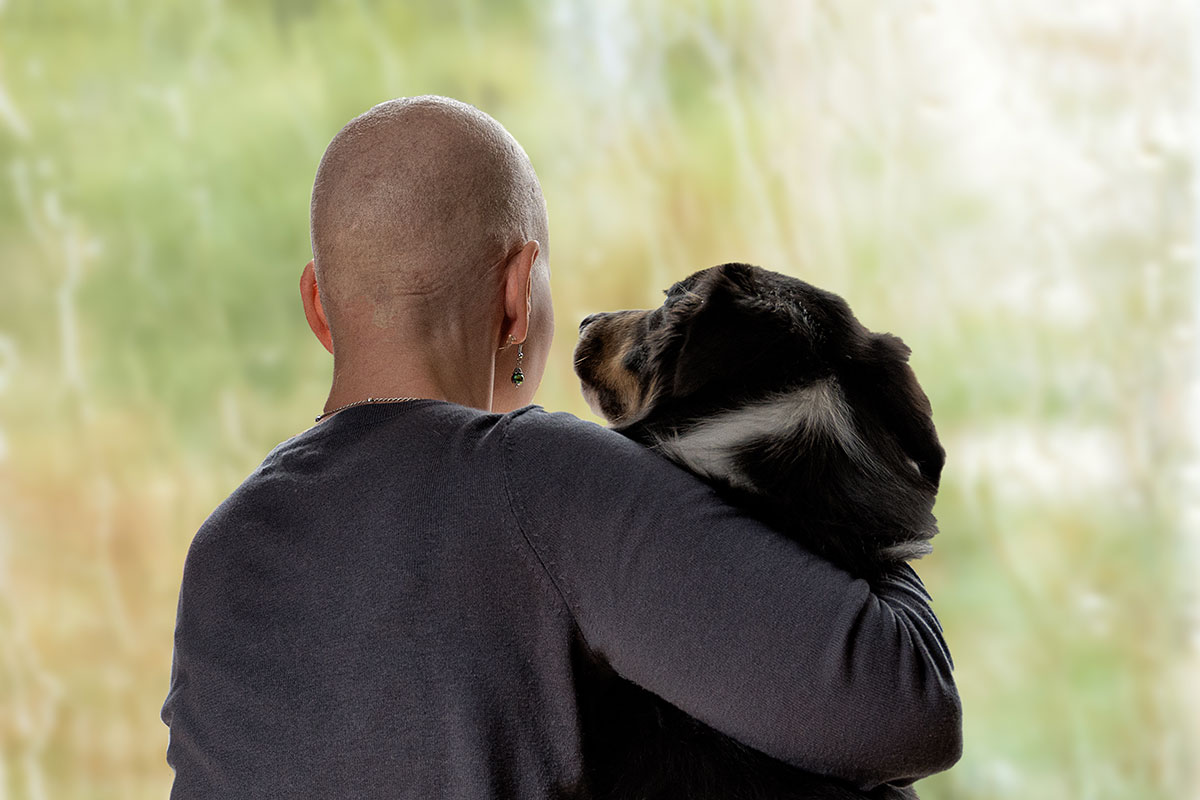
Mice injected with a hair-promoting protein did not lose their hair during chemotherapy. The finding raises the hope that people undergoing cancer treatment can one day avoid this distressing side effect.
Hair loss is one of the most feared side effects of chemotherapy. One study of women with breast cancer found that around 8 per cent had considered refusing treatment to save their locks.
There are few options for people receiving treatment. Scalp-cooling caps freeze and constrict blood vessels to stop chemo drugs from flowing into hair follicles. But they are expensive, work for only 50 per cent of people, extend treatment by two hours and cause discomfort and headaches.
Other people have experimented with using the hair loss treatment minoxidil during chemo, but a randomised controlled trial found no benefit.
Part of the problem is our limited understanding of how chemotherapy damages hair follicles, says Sung-Jan Lin at National Taiwan University.
To address this, his team looked at the role of a protein called p53. This protein is activated during chemo and helps to suppress tumour growth, but may also suppress hair growth, since hair cells rapidly divide like tumour cells. A previous study found that mice missing the p53 protein did not shed their fur during chemo.
Hair-promoting protein
Studying p53, Lin and his colleagues have found that it blocks the activity of a hair-promoting protein called WNT3a. This gave them an idea: if you inject WNT3a directly into the scalp when administering chemo, will it stop hair loss?
To test this, they dosed mice with a common chemotherapy agent. Straight afterwards, they injected WNT3a-soaked beads under the surface of their skin. The microscopic beads – which were coloured blue – helped to keep the protein in a small area so the team could study its effects.
Sure enough, areas injected with the WNT3a-soaked beads were still coated with thick fur five days after chemo. In contrast, areas injected with untreated beads went bald.
When the researchers examined patches of skin under the microscope, they found the protein treatment doubled the number of stem cells in the base of the hair follicles within the first day of injection, allowing more hairs to sprout.
The team is now working on adapting the treatment for use in people. It would not be practical or safe to inject the hair-promoting protein into the scalp in bead form, says Lin. “We might need to inject it into the scalp using arrays of fine needles so that many of the hair follicles can be covered,” he says. His team is also testing compounds they have designed for activating WNT3a that could be spread over the scalp in cream or gel form.
Richard de Boer, a medical oncologist at Epworth Centre in Melbourne, Australia, says the treatment could be a big help. While scalp cooling has led to many success stories, it doesn’t work well for some types of chemotherapy, he says. “New hair-saving options that work with all chemotherapy regimens would be very welcome.”
[“Source-timesofindia”]
